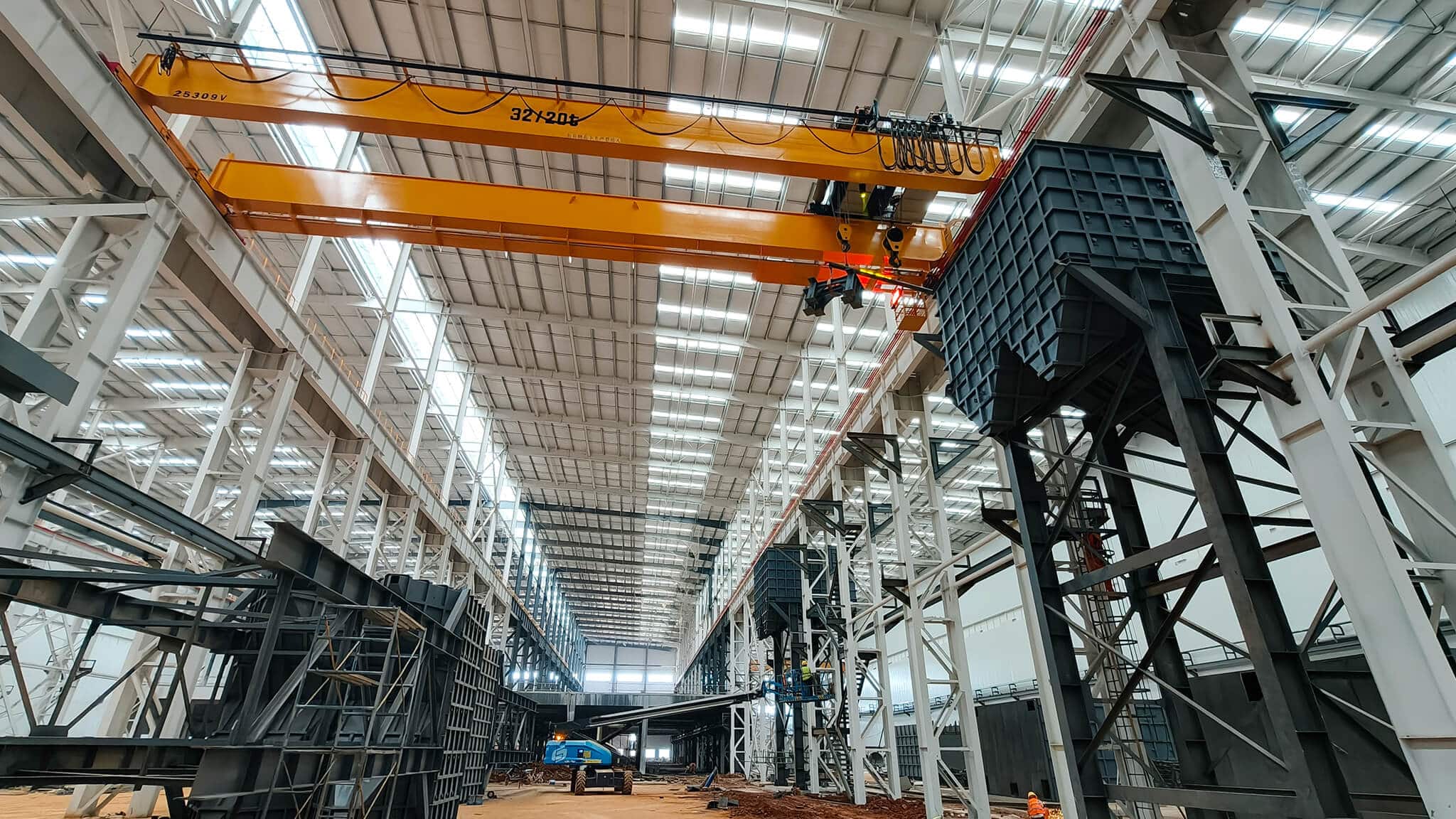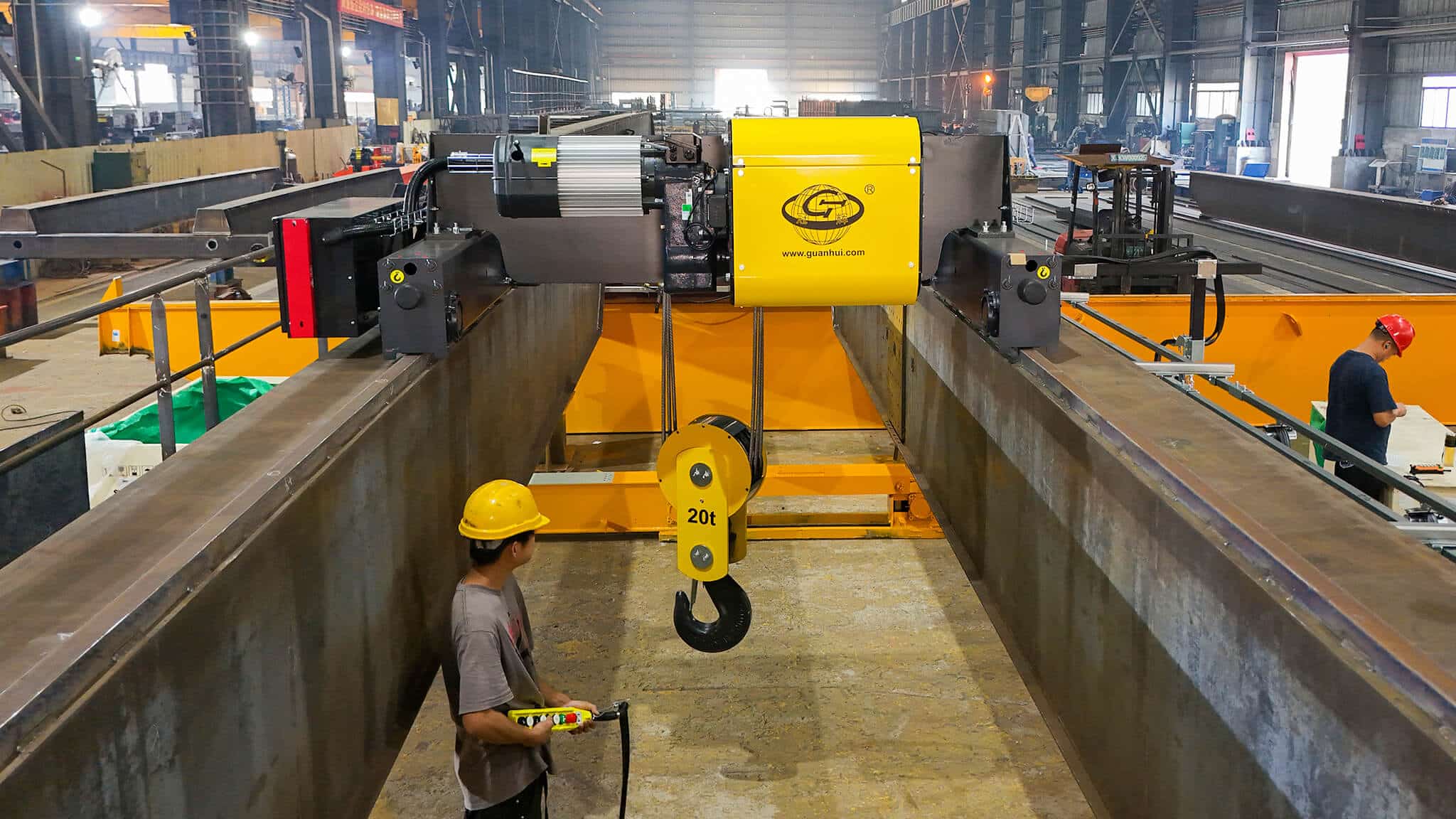Our 100,000m2+ state-of-the-art manufacturing facility allows us to manufacture our products in the most efficient and cost-effective manner possible.
About Company
Custom Crane Manufacturers
Foshan City Nanhai District Guanhui Mechanical & Electric Equipment Industry Co.,Ltd ,one of the local famous crane manufacturers in Guangdong province, China, belongs to Guanhui group.We design and manufacture a wide range of standardized and custom-engineered overhead cranes, gantry cranes and jib cranes for multiple industries in more than 60 countries on five continents. We had quickly evolved into a full line, one-source manufacturer of cranes and components.
- ISO 9001:2015 Certified
- ISO 14001:2015 Certified
- ISO 45001:2018 Certified
we committed to provide
CRANES & CRANE COMPONENTS
Don't Know What To Start With?
Why Choose Us
Effortless Communication
- You don't have to be a crane expert to work with us.
Integrated Solutions
- Guanhui , the one-stop service provider of your customized lifting equipment solutions.
Cheaper Investment And Operation
- We save you money from every aspects.
Lower Installation Cost
- A cheaper and safer installation, quickly into service.
Top- Ranking Services
- We are proud to be your reliable partner , anytime at your service.
Free Consultation
Get A Free Quote
News, Tips, and Projects by Guanhui
Industrial Lifting Blog

Elevating Safety and Efficiency for Global Automotive Leader
Project: To equip their advanced car manufacturing facility with a large fleet of high-performance bridge cranes designed for reliability and

Safety as Standard: Why Every Guanhui Open Winch Includes an Intelligent Speed Switch
Imagine you are working in a factory. Suddenly, the crane’s hook moves too fast. When lifting goes too quickly, it

What Are Pendant Controls and How Do They Improve Industrial Automation
Pendant controls help you use big machines with hand-held tools. You can use them to control things like Overhead Cranes
